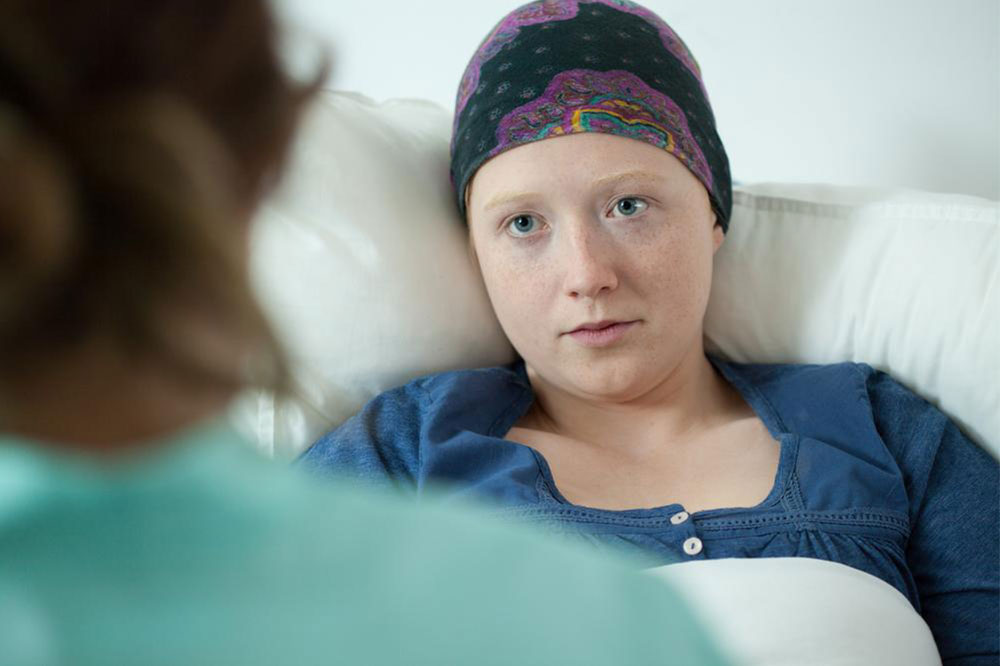
4 Common Types of Leukemia
Common types of leukemia have a specific classification. It is based on two categories – the abnormal white blood cell that is involved and the pace of its spread. There are two kinds of common white blood cells, lymphocytes, and myeloid cells. If one of these develops rapidly, the leukemia is termed as an acute disease, while if either multiplies and spreads gradually, it is termed as a chronic disease. Let’s look at the four common types of leukemia closely.
Acute lymphocytic leukemia (ALL)
This type of leukemia is most common in young children. It progresses quickly and can be life-threatening if not treated immediately. ALL develops from immature lymphocytes present initially in the blood marrow. These cells can’t do normal functions, and they multiply quickly. They can spread to the lymph nodes, central nervous system, spleen, and liver too. This can cause symptoms of fatigue, uncontrollable bleeding, joint pain, and lumps in the body. ALL requires immediate treatment once diagnosed.
Acute myeloid leukemia (AML)
This is the most common of all acute leukemias that occur in adults. In this type, the myeloid white cell multiplies rapidly. They crowd the normal red blood cells, which makes it tough for the body to combat infection. AML causes symptoms such as frequent nosebleeds, infection, fever, and pain in the bones. It’s usually uncommon in kids and mostly occurs after the age of 45. Those exposed to unusually high amounts of ionizing radiation, cigarette smoke, and certain toxic chemicals are more susceptible to this blood cancer disease.
Chronic lymphocytic leukemia (CLL)
CLL is the most common chronic leukemia that occurs in adults. In CLL, patients may feel alright for years without requiring treatment. In the later stages of leukemia, they may experience symptoms of fatigue, immense sweating at night, weight loss, and fever. Frequent infections occurring in the respiratory tracts are common symptoms too. Few may also feel pain in the abdomen, especially in the upper left region. This can occur if the spleen has swollen up because of the cancerous lymphocytic cells. CLL commonly affects older adults, those with CLL are, on average, in their 70s.
Chronic myeloid leukemia (CML)
CML is a slow-growing leukemia. It occurs when a genetic change in immature myeloid cells creates the gene BCR-ABL. This is an abnormal gene that makes cells cancerous. Cells multiply for years in a slow and gradual manner. This is also the reason why those with CML develop barely any symptoms in the initial months. Only when the myeloid leukemia cells have spread rapidly, people experience symptoms like pale skin, shortness of breath, and swelling in the abdomen area. It commonly occurs in adults, and only in rare cases, children might develop it too.



